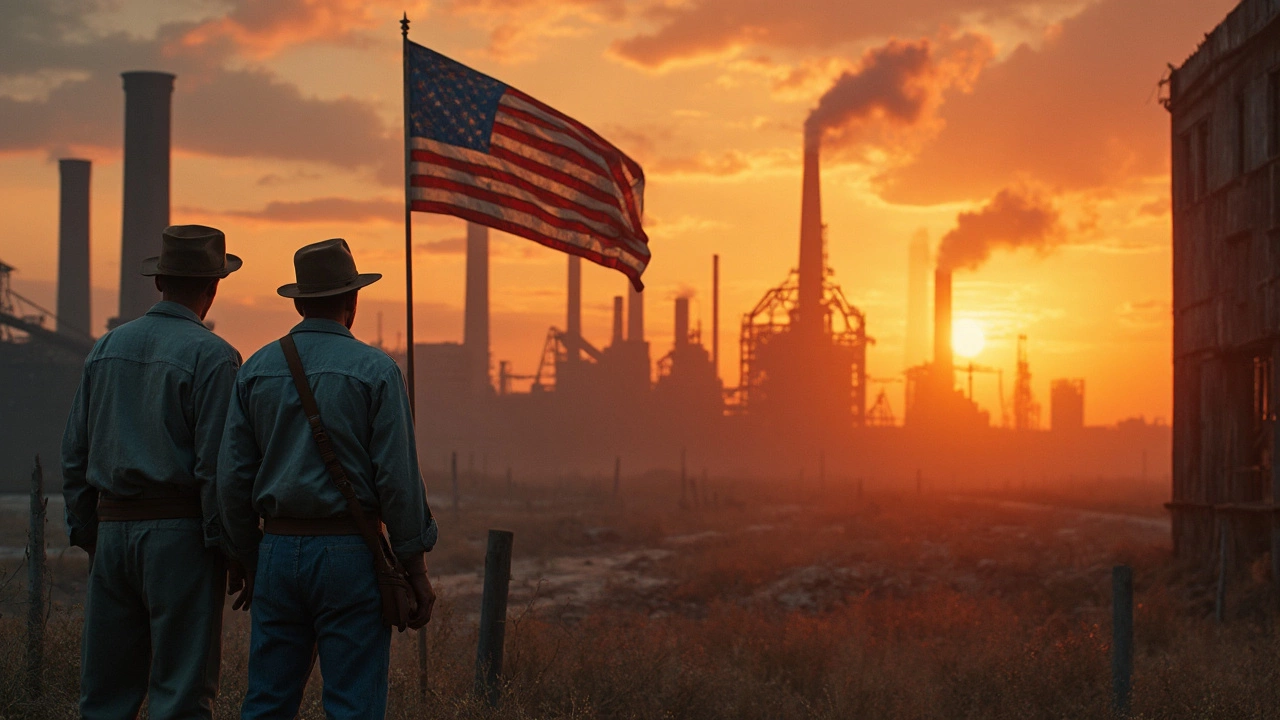US Steel – What You Need to Know Right Now
America’s steel scene is more than just big factories and heavy metal. It’s a mix of old‑school plants, new tech, and market shifts that affect anyone connected to manufacturing. Whether you run a small shop, look for raw material sources, or just want to understand the jobs it creates, this guide breaks down the essentials.
Where Does US Steel Come From?
The heart of US steel still beats in places like Pittsburgh, Cleveland, and the Midwest’s “Rust Belt.” These cities host the biggest integrated mills that turn iron ore and coal into hot‑rolled coils, beams, and sheets. In recent years, states such as Texas and Georgia have added modern mini‑mills that focus on electric‑arc furnaces, which use scrap metal instead of raw ore. The result is a more flexible supply chain that can react faster to demand spikes in automotive, construction, and energy sectors.
Big Challenges and New Opportunities
One of the toughest hurdles is the cost of raw materials. Imported iron ore and higher energy prices keep profit margins tight. At the same time, trade policies and tariffs swing the market like a pendulum, sometimes protecting local producers, other times raising prices for downstream manufacturers.
But challenges bring chances. The push for greener steel—using hydrogen or carbon‑capture tech—has turned R&D into a hot topic. Companies that invest early in low‑carbon processes can win contracts from automakers looking to meet stricter emission standards. Also, the rise of “smart factories” means data‑driven production can cut waste, boost efficiency, and keep the US steel sector competitive on a global stage.
For small‑scale manufacturers, the evolving landscape means more options for buying steel at reasonable rates. Mini‑mills often sell directly to fabricators, cutting out middlemen. Plus, the growing focus on domestic sourcing gives you a chance to market products as “Made in USA,” which resonates with many consumers today.
In short, US steel is a moving target. Keep an eye on regional production stats, watch policy news, and explore partnerships with both big integrated mills and nimble mini‑mills. Doing so will help you stay ahead, whether you’re sourcing material, planning expansion, or just curious about the industry that builds the country’s backbone.

Why Doesn't the US Make Steel Anymore? Real Reasons Behind America's Steel Decline
The US used to be the king of steel, with its factories fueling skyscrapers and cars. So what happened? This article uncovers why American steel plants faded, digging into tough competition, changing tech, and shifting labor costs. You'll get surprising facts about U.S. steel production and tips on what these changes mean for jobs and the economy. The story isn't just about business decisions; it's about how the world changed and America struggled to keep up.
Read More